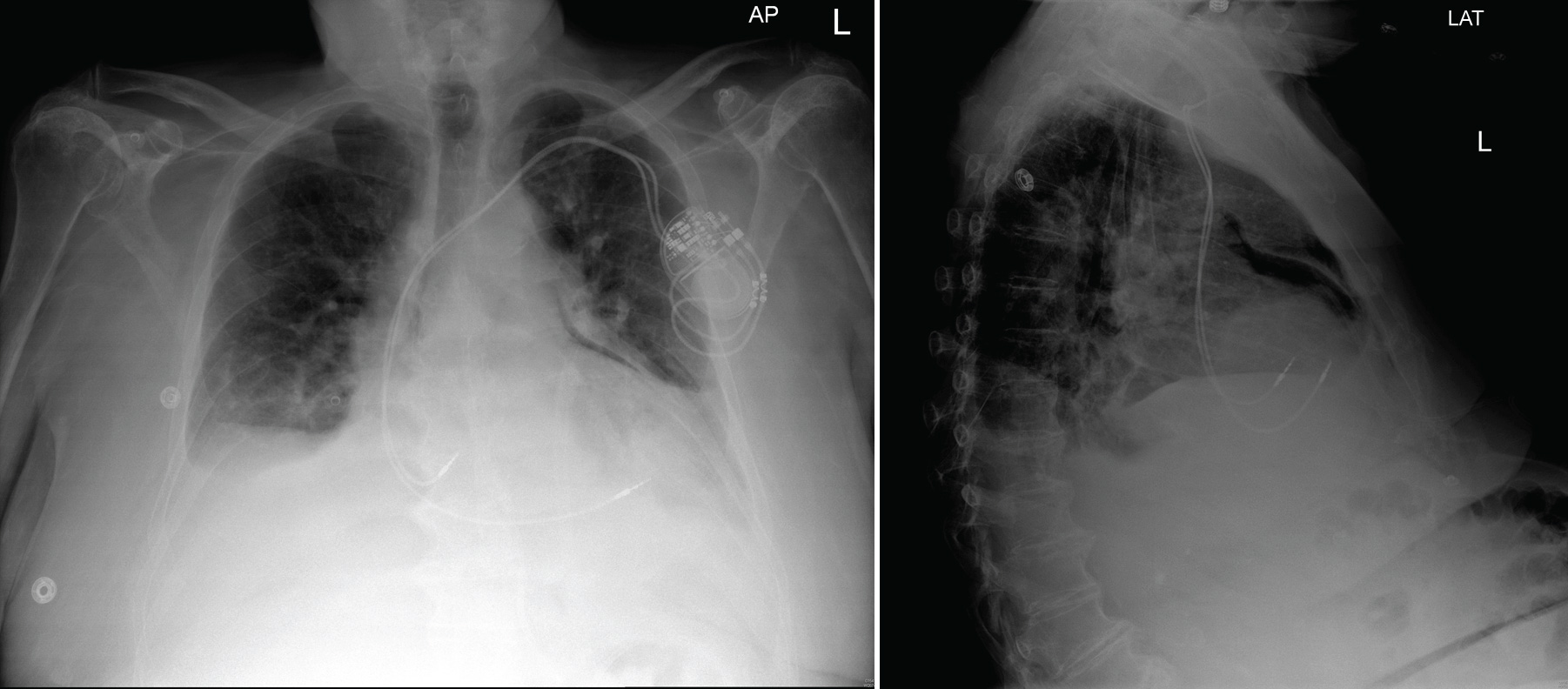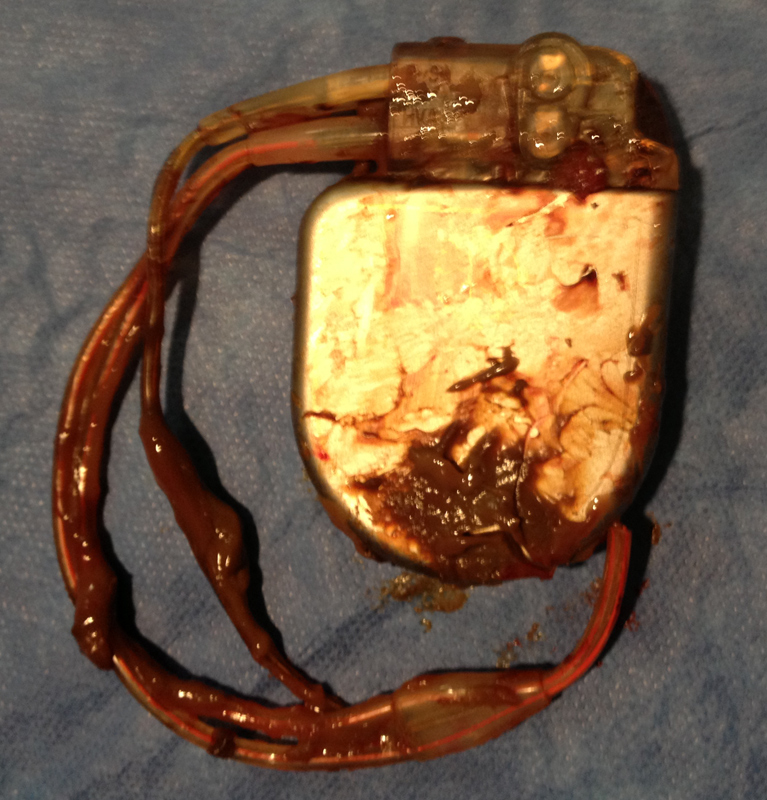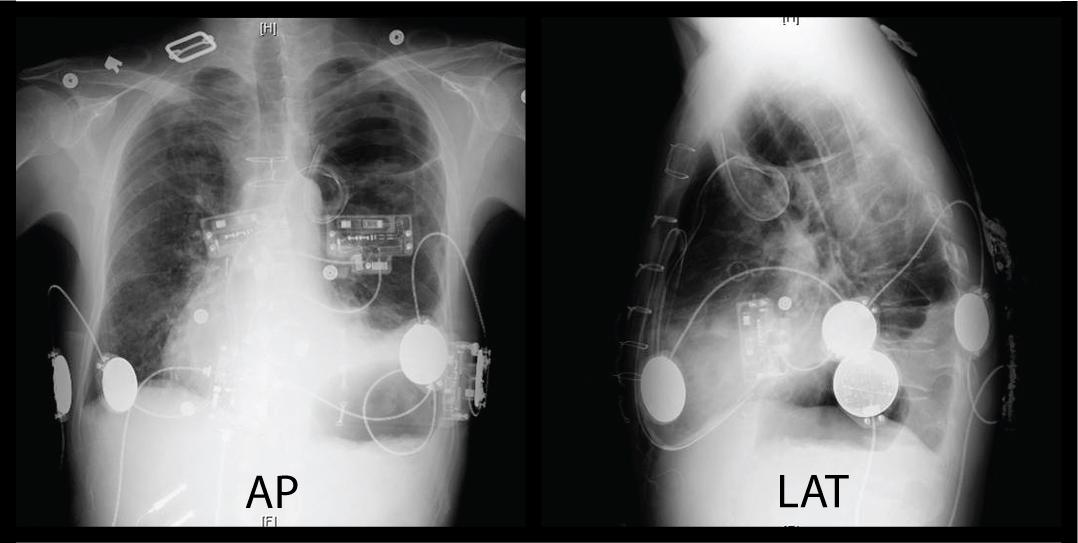Finally, a warm, sunny day in the city of Chicago after an unusually cool, rainy Spring. The fireworks the night before were watched through a low layer of clouds on a dreadfully still summer night, but the threatening rains never came. Today, though, had been sunnier, brigher, and a wonderful day to enjoy the beach. The July 4th crowd was large but manageable, and most were returning home to get ready for the evening's activities.
Philip noticed the other gentleman not much older than himself as he was returning his Catamaran to it's rightful spot on the beach. The other man had just returned his kayak to its slip and was loading his car with beach supplies. As he finished loading the car, he slammed the back hatch door of the car, turned to walk away, but suddenly collapsed to the ground in a heap.
He didn't move.
Seeing the strange sight, Philip ran to his aid. The fallen man was lying there with eyes staring skyward, not blinking. His lips and ears were turning bluish as the tall man shouted at him. He didn't respond. Philip checked for a pulse: nothing. Others were circling, curious as he positioned the man face up on the nearby asphalt. The onlookers looked confused, amazed at what they were witnessing. He began pressing on the lower part of the man's chest. Again, again, and again.
He looked up and shouted as calmly as he could, "Call 911." The bystanders, still dazed, reached for their cell phones as fast as they could and dialed. By now the attendants at the sailing shack had noticed what had happened and had radioed for help, too. The AED and oxygen were at the swim beach, about a quarter of a mile away. A young 16-year old lifeguard, his first day on the job, ran to the scene and reached in to his fanny pack to remove the facemask and worked with the tall, fit man doing CPR.
"Hang in there, Bill! (not his real name)," the onlookers shouted. "Don't leave us!" he remembered them saying as they stood by in tears hugging each other. He kept doing CPR. "They're coming with the AED!" someone shouted.
He could hear the sirens approaching ...
* * *
Twenty five years earlier, he was home with his mother in the kitchen when the girl arrived in their kitchen, bloodied, and wearing a large blue garbage bag as shorts. "Help me," she pleaded, "I was raped, but I managed to shoot him," she claimed. The bloodied shorts and two guns she held in her hands seemed to substantiate her claim. She was trembling, aggitated and seemed terrified. "The police are going to find me and think that I'm a murderer!"
"It's okay," the mother said, trying to calm her. "Sit down. What's your name?"
"Laurie," she said. "Laurie Dann."
"It's okay, Laurie. You're going to be okay," she said as she tried to console her. "I can get you some shorts. The police will understand that you were just trying to protect yourself." The girl still looked too upset, untrusting. The son stood watching carefully as the mother left only briefly and returned with a pair of girl's shorts. "Here, put these on."
The girl put down the two handguns and went behind the counter briefly to to put on the shorts. Phil, not turning his back to the girl, quietly managed to pick up and pocket one of the guns. "Maybe you should call your family?" he asked. She shook her head in agreement and he handed her the phone.
She took the phone and dialed, still holding the remaining gun. "Mom, oh my God, I've... I've done something horrible! He tried to ... The police are going to get me, Mom! Oh, God!..." She broke into tears unable to maintain her composure. She handed Phil the phone.
"Ma'am, my name is Philip Andrew and your daughter is here with us. She is fine, but looks very upset. She tells us she's been raped and might have shot the man who raped her. I think you should come over..." The mother said she'd try to get there as soon as she could, but she didn't have a car. Phil felt uneasy with the situation, but the girl looked confused. They tried to console her.
A short time later, the father arrived home. He saw the girl with his wife and son sitting there, trying to coax Laurie into giving up her gun. She wouldn't budge. She rocked too and fro describing the scene, her terror, her anxiety. The family kept trying to console her, explain the rationale for giving up the gun. Deflecting, they asked, "Maybe you should call your mother again." They handed her the phone. She called.
This time, the mother managed to leave the house as Laurie spoke with her own mother. Her words were disjointed in some respects, calculating in others. After pleading with her mother to come, Laurie handed the husband the phone so he could speak with Laurie's mother. He told her about the gun Laurie still had and asked the mother if she might plead with her daughter to give up the gun. He handed the phone back to Laurie and told her he would not remain in the house to protect her from the police unless she put down the gun. She still refused, so the man left the house. As Phil tried to leave, she ordered him to stay. She pointed the gun at him. He stood motionless, terrifed.
The standoff continued until just before noon and she became increasingly aggitated. As Laurie saw the police approach, she shot Phil in the chest and gave chase, furious at the situation, but he managed to escape out the back door before collapsing. She ran upstairs.
As he laid there, he could hear the sirens approaching...
* * *
They slapped the AED pads on his chest and stopped compressions. "Analyzing..." the screen said. The device detected ventricular fibrillation and shortly after the device said "Stand clear!" the man jerked. They resumed CPR for a short time, but in 30 seconds the man started moving. The sirens were almost upon them now.
As the ambulance crew arrived, they couldn't believe their eyes. The man who moments ago had had chest compressions administered and an AED shock delivered, was getting to his feet. They helped him to the ambulance.
"This impressed my crew, my guys, so much …" Wilmette Deputy Fire Chief Mike McGreal said a the recent Wilmette park board meeting honoring the beach staff.
But to Philip Andrew, now a crisis negotiator for the FBI who was on the beach with his wife that day, he'll never forget the sound of the sirens...
... and the emergency responders that saved his life twenty five years before.
"There's something really beautiful about being able to pay it forward," he
said.
-Wes
References:
"
Wilmette lifeguards honored after July 4 rescue"
Laurie Dann Wikipedia page




